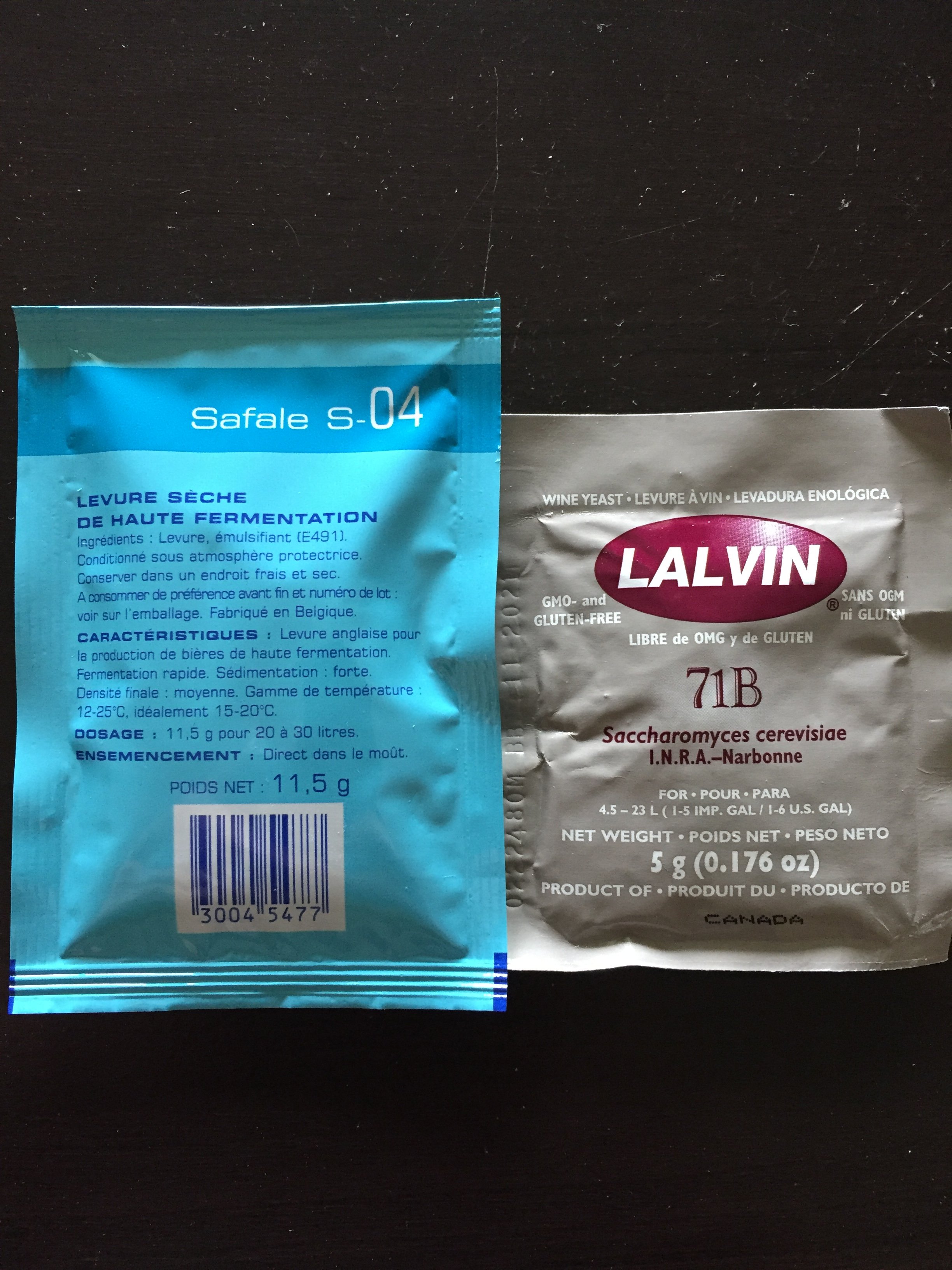I never did, and I still don't. I think that they're just getting a lot of character from their hops that other people aren't. I've never opened a can of TH and said. "this smells like a damn hefe!" or whatever that blogger said.Their beers ARE drastically different than most. They have an incredibly sophisticated brewery and obviously a talented staff. As long as SOP is followed it’s not that difficult.
I don’t think they’re doing anything that nuts other than not really force carbing their beers like everyone else does.
I don’t get much of the “alternate” yeast character in their beer to be honest. It smells like SO4 predominantly. Due to yeast needs for harvesting and repitching I find it hard to believe they’re mixing yeast from the get go. Even if you mix only small percentages in due to flocculation rates and other variables those percentages change really quickly. I’d be willing to bet they harvest the SO4 and then add dry hops and sugar plus other yeast and cap the tanks.
I haven't been on HBT that much, but it's kind of interesting to see that there still isn't anything conclusive about the yeast strains.

























































![Craft A Brew - Safale S-04 Dry Yeast - Fermentis - English Ale Dry Yeast - For English and American Ales and Hard Apple Ciders - Ingredients for Home Brewing - Beer Making Supplies - [1 Pack]](https://m.media-amazon.com/images/I/41fVGNh6JfL._SL500_.jpg)



